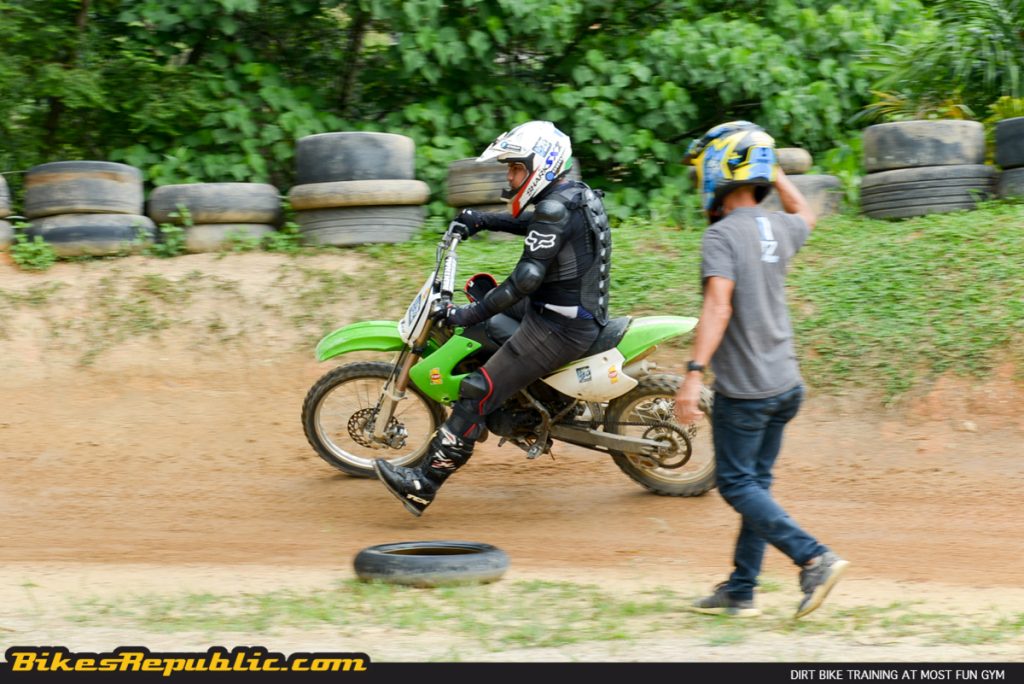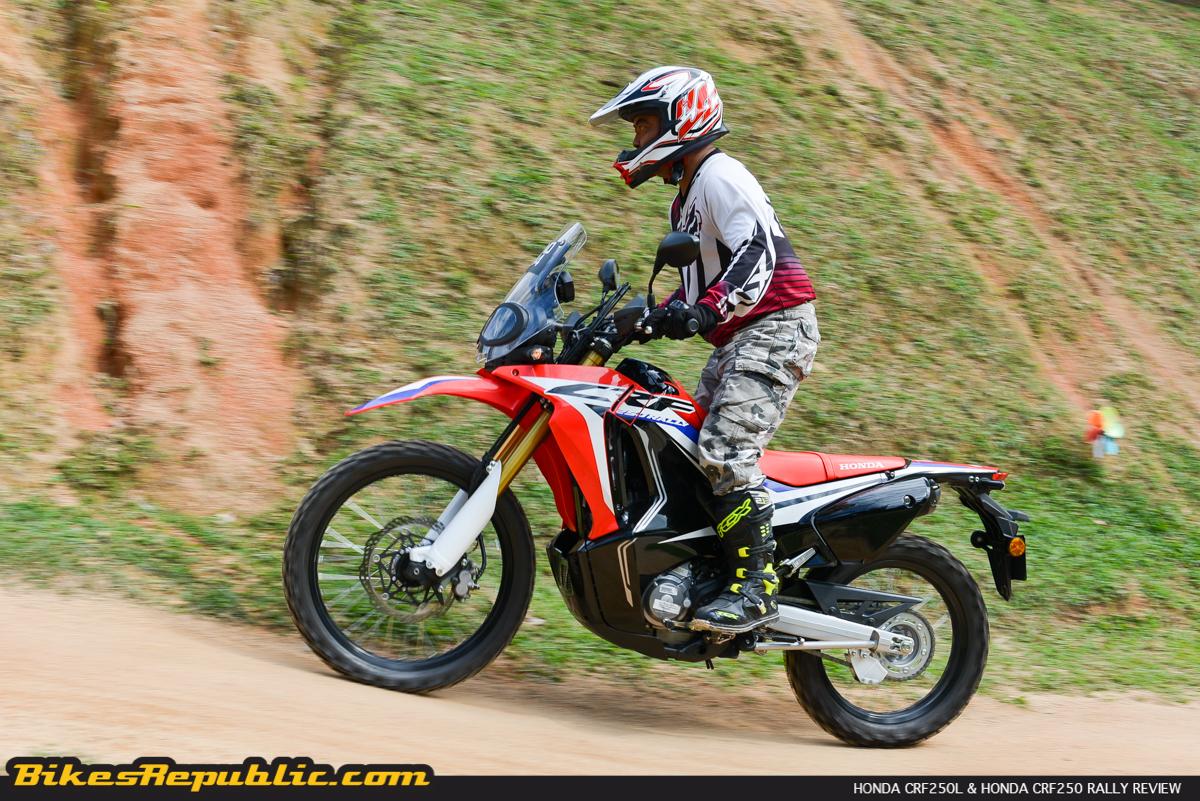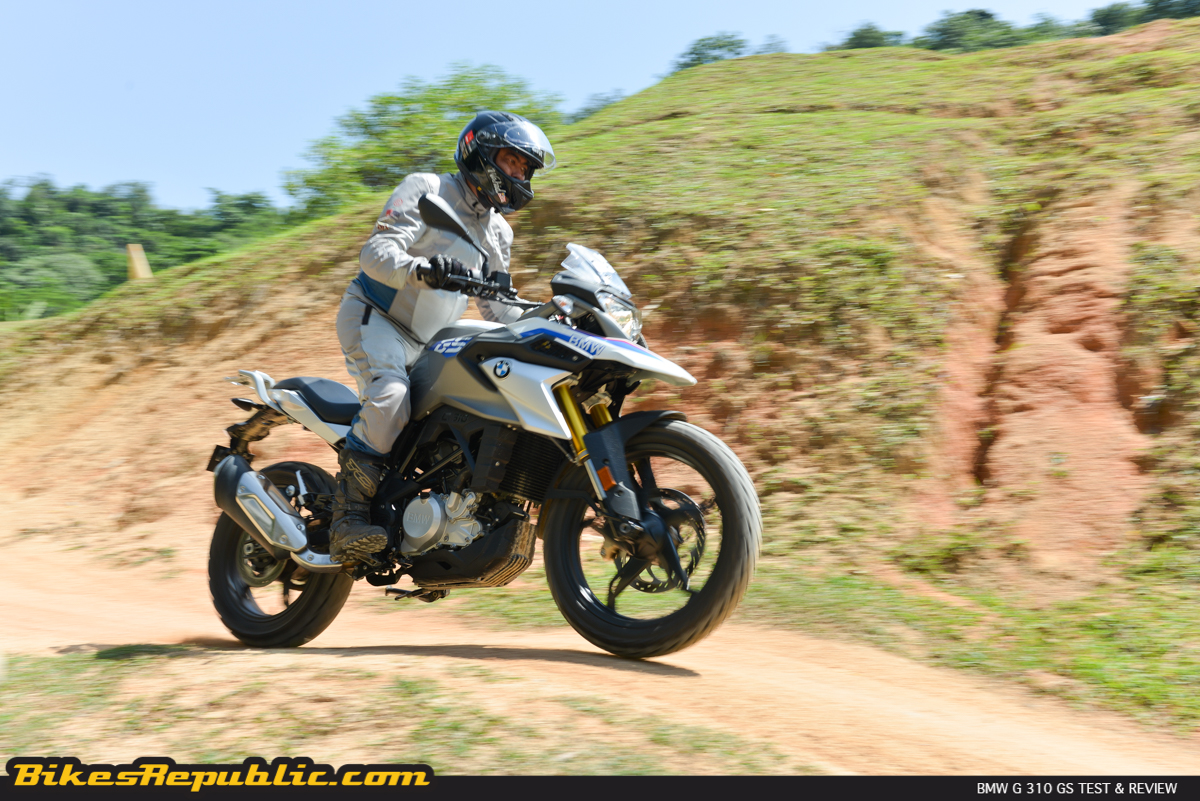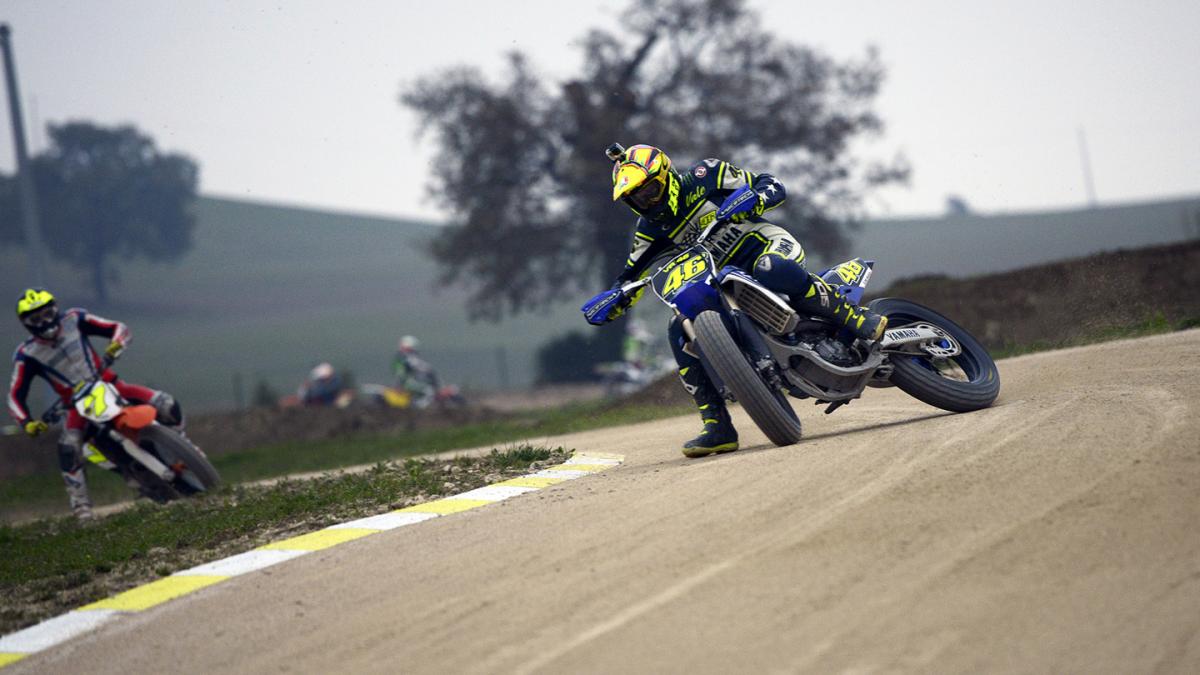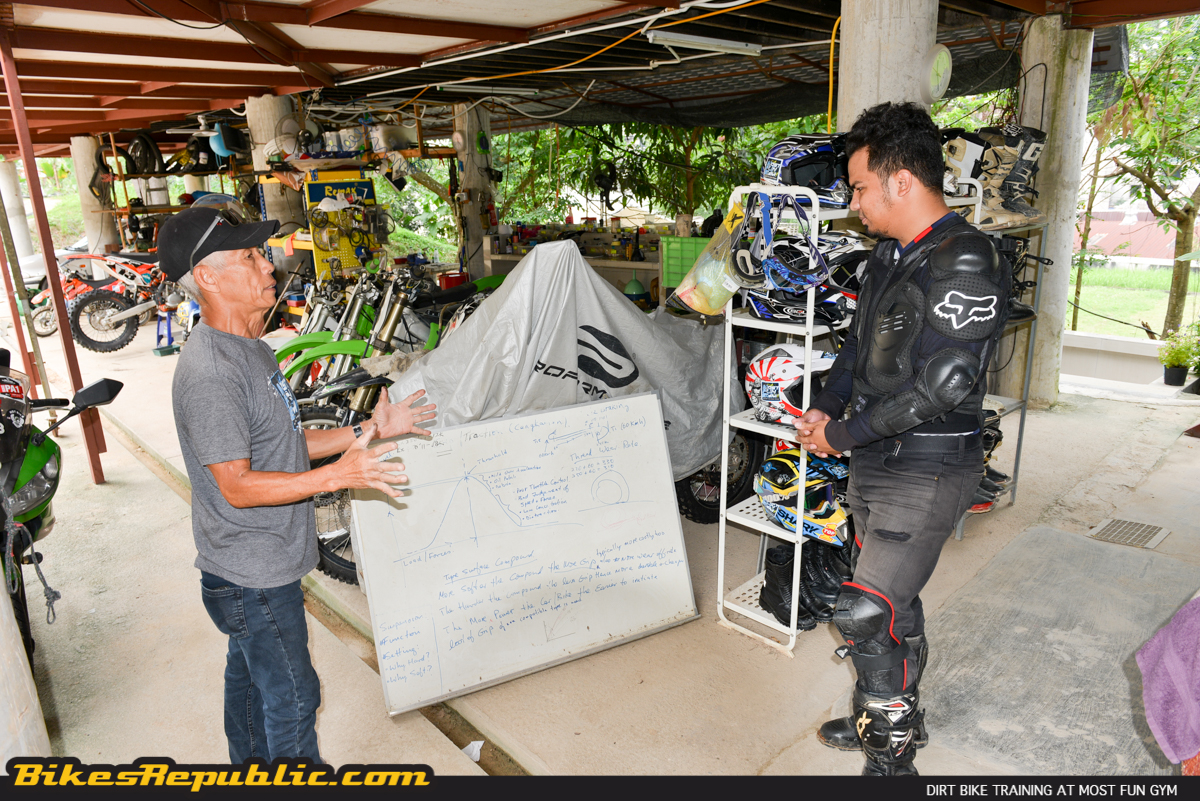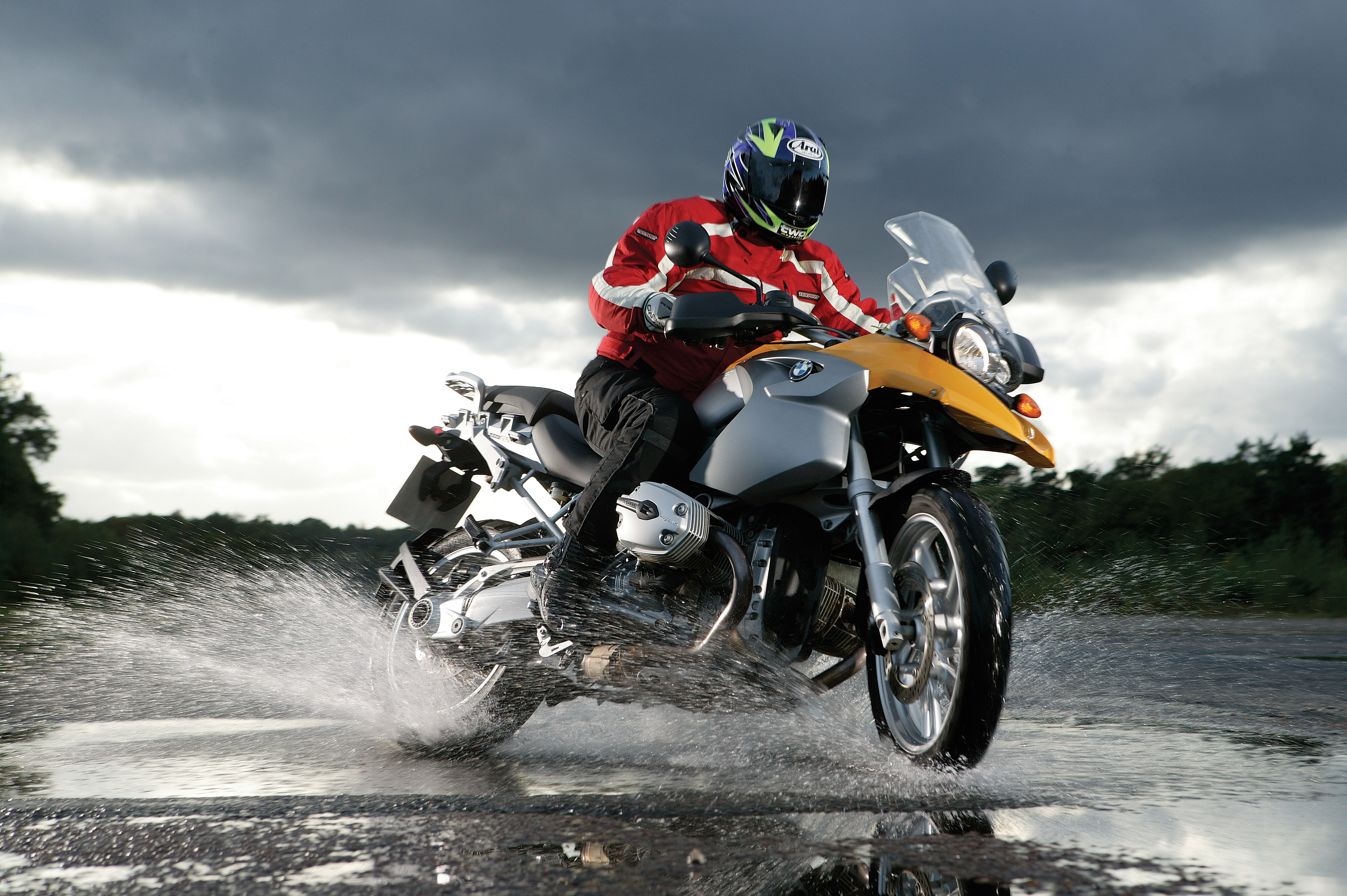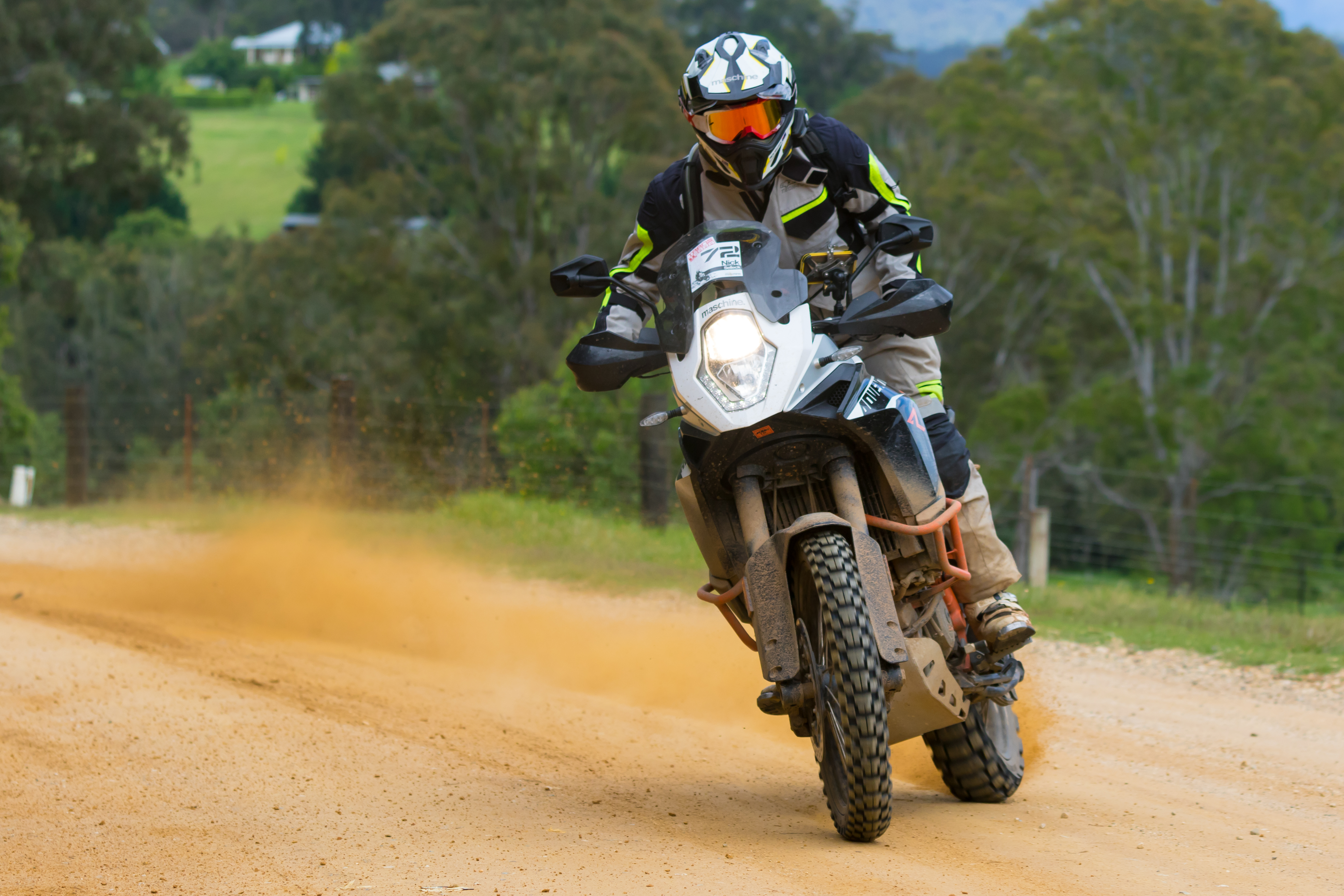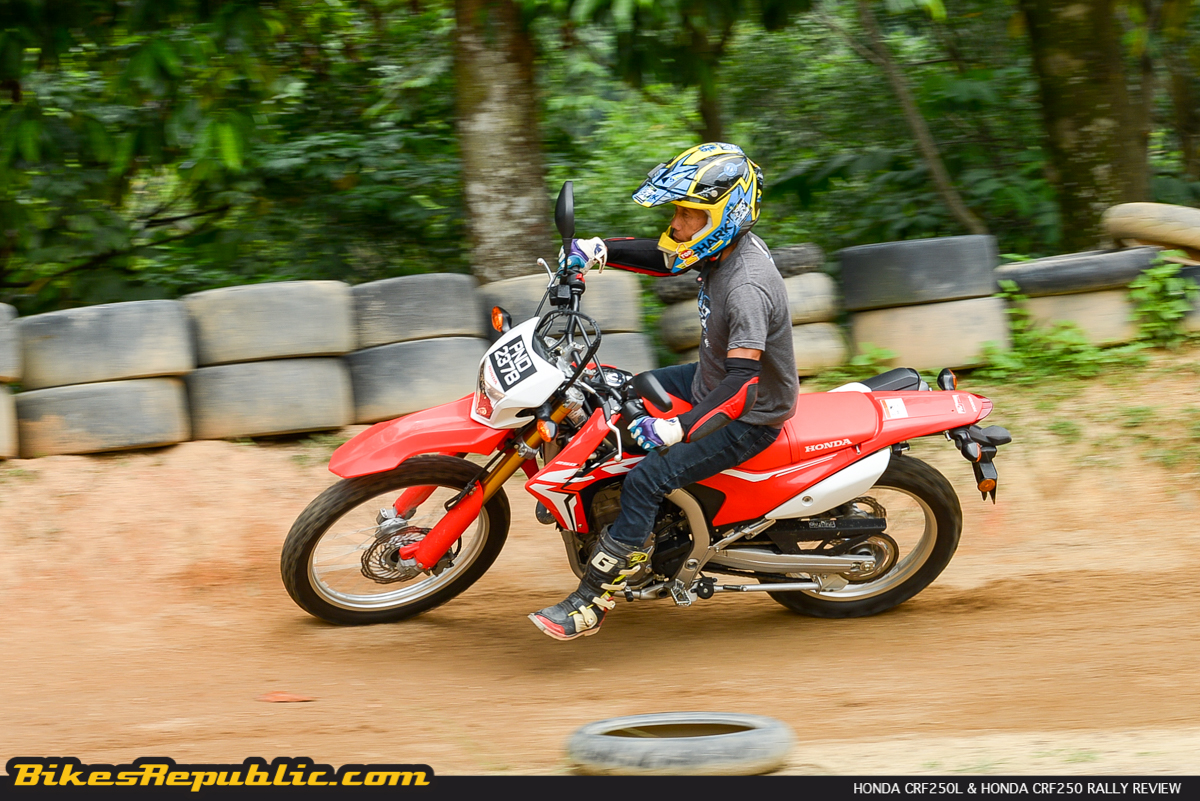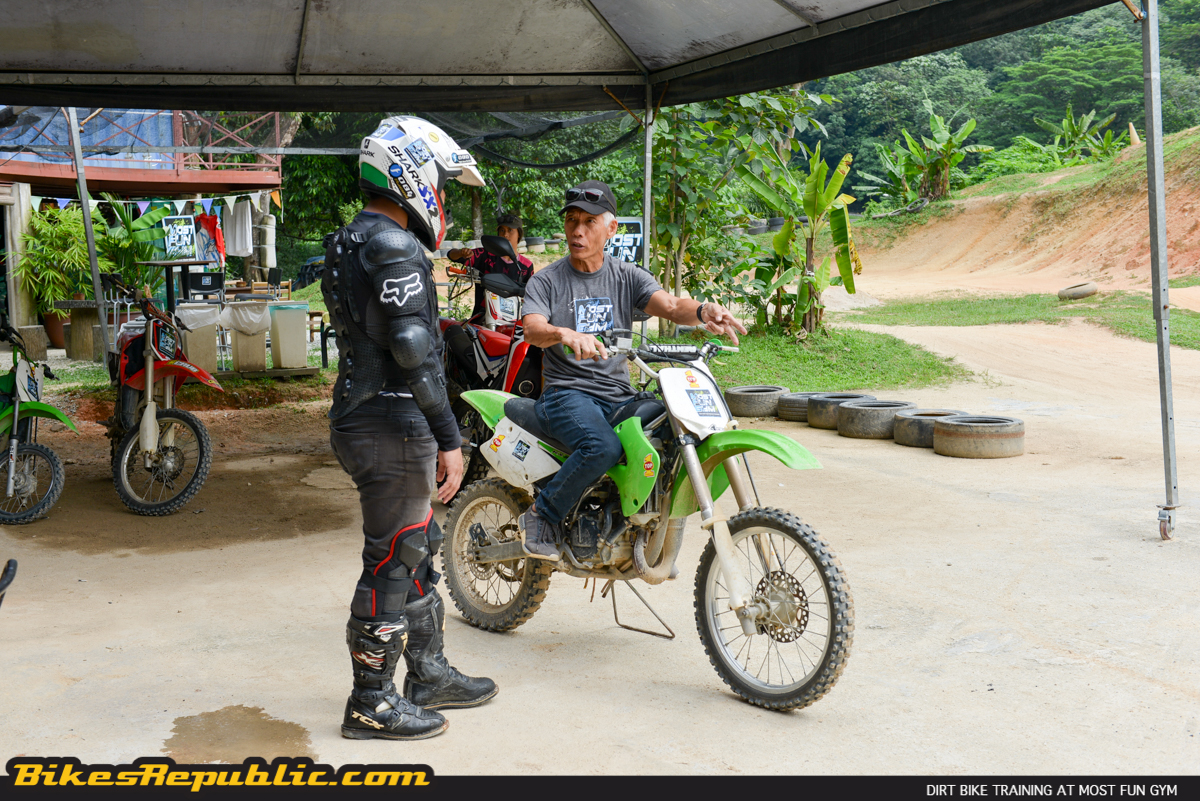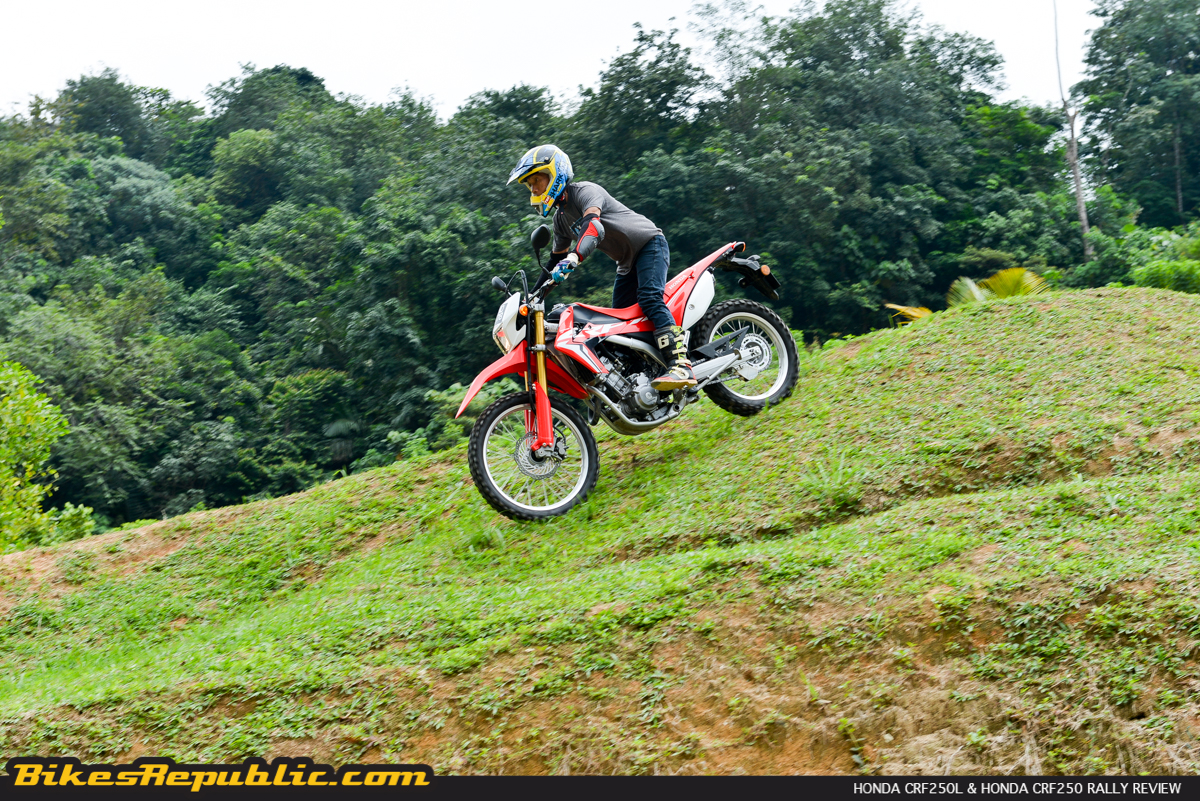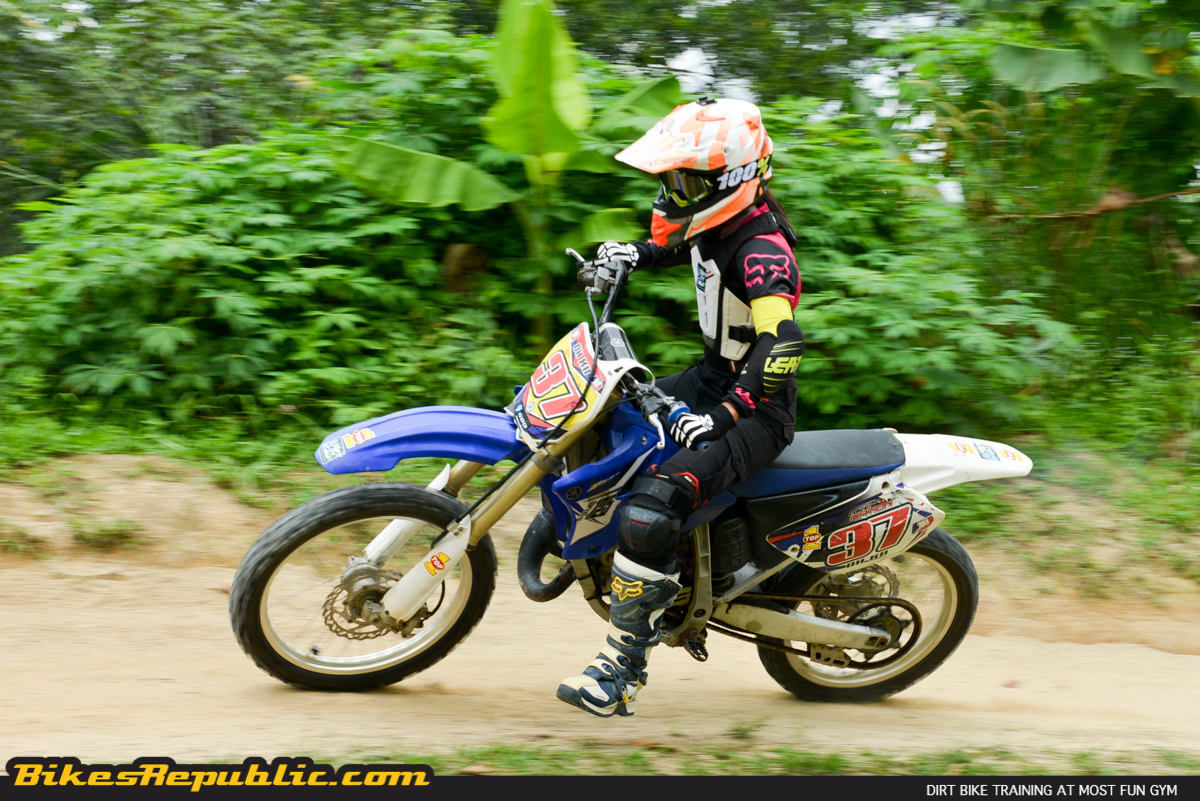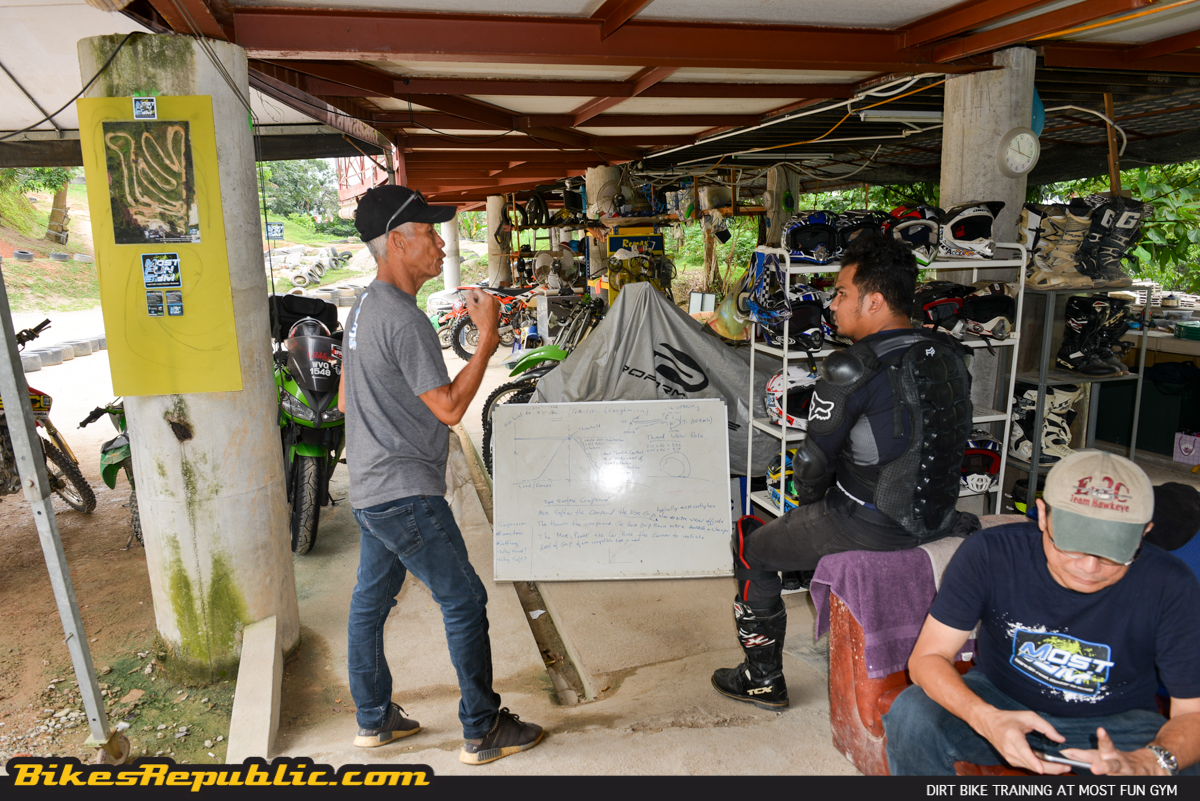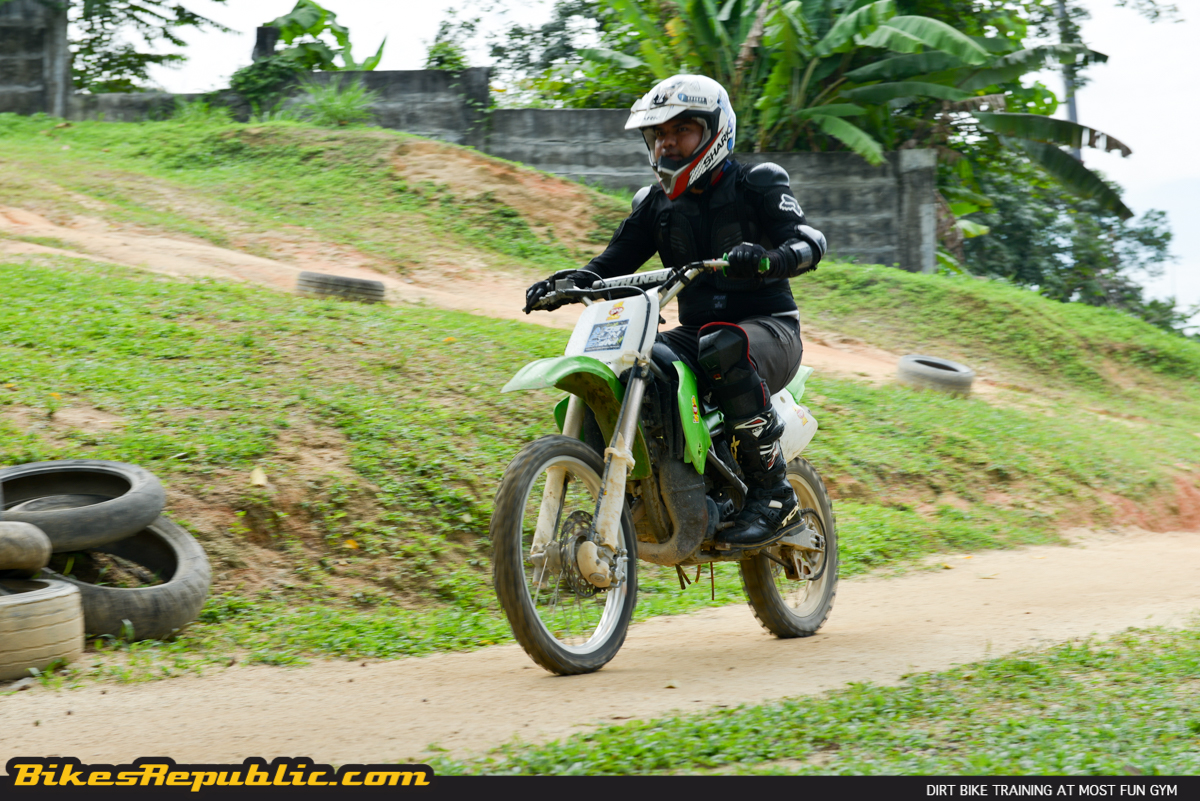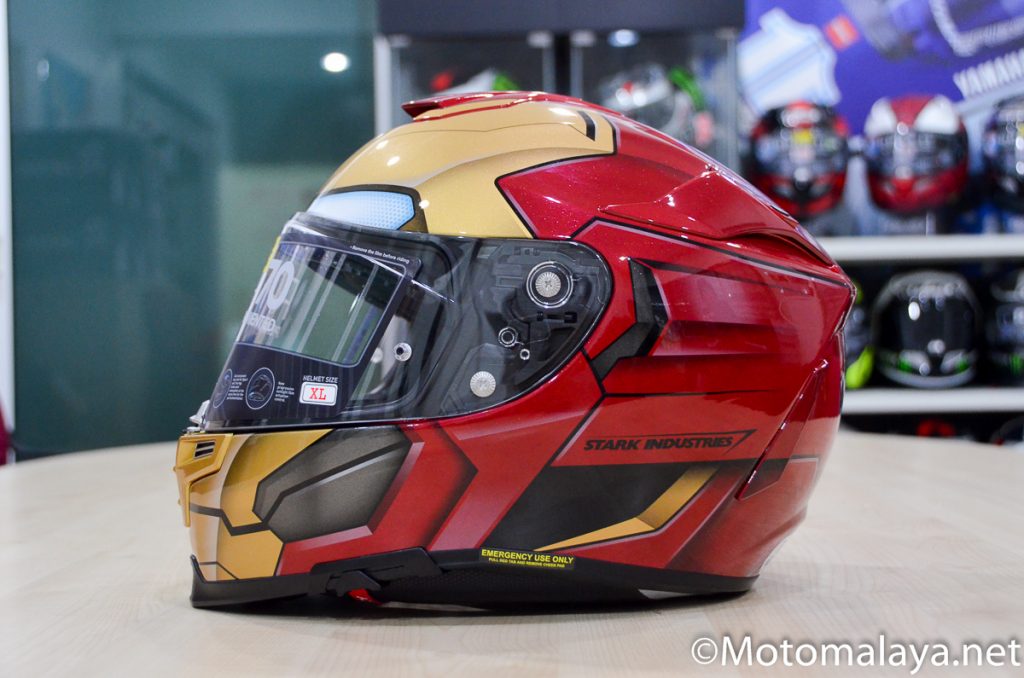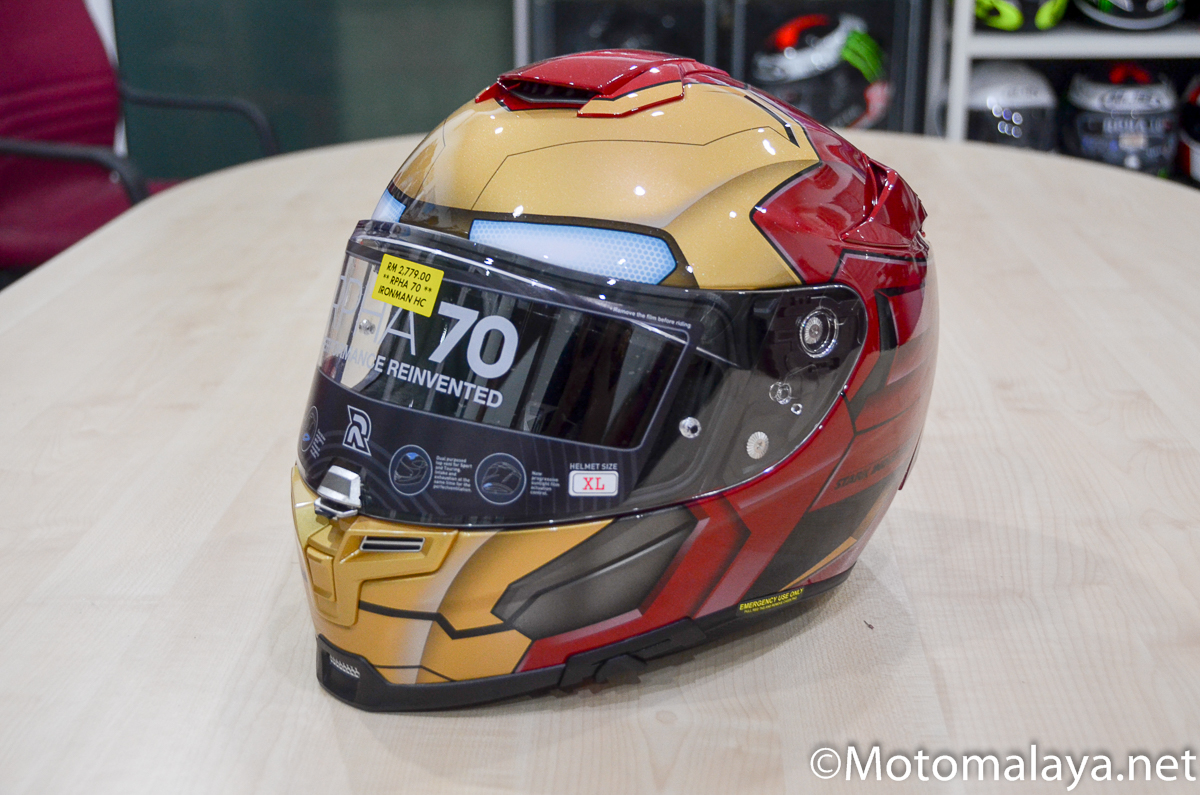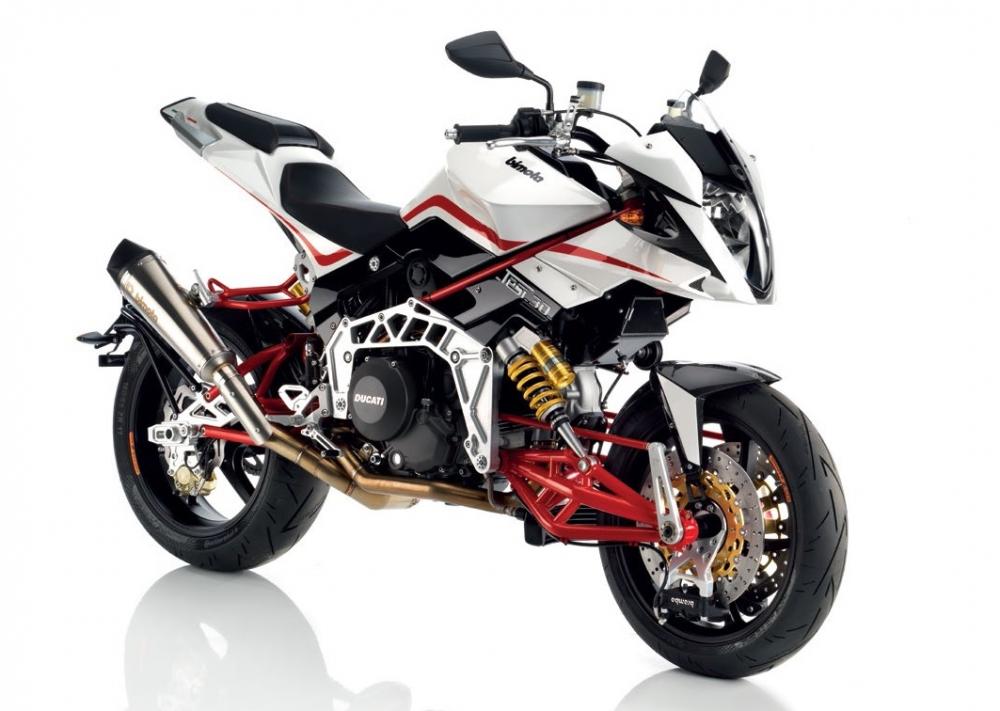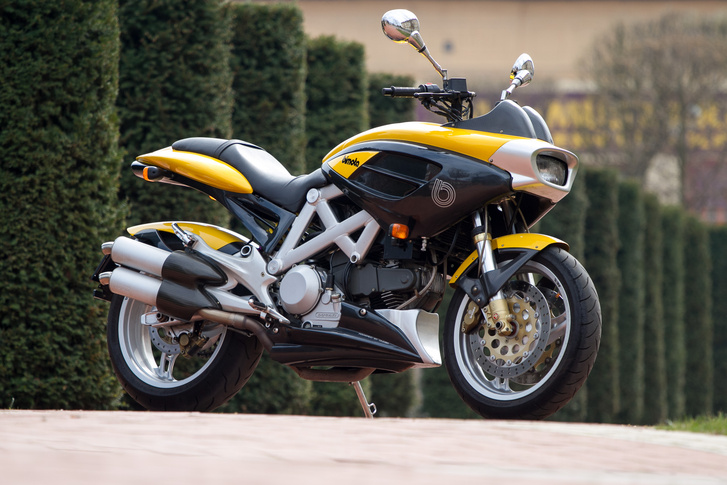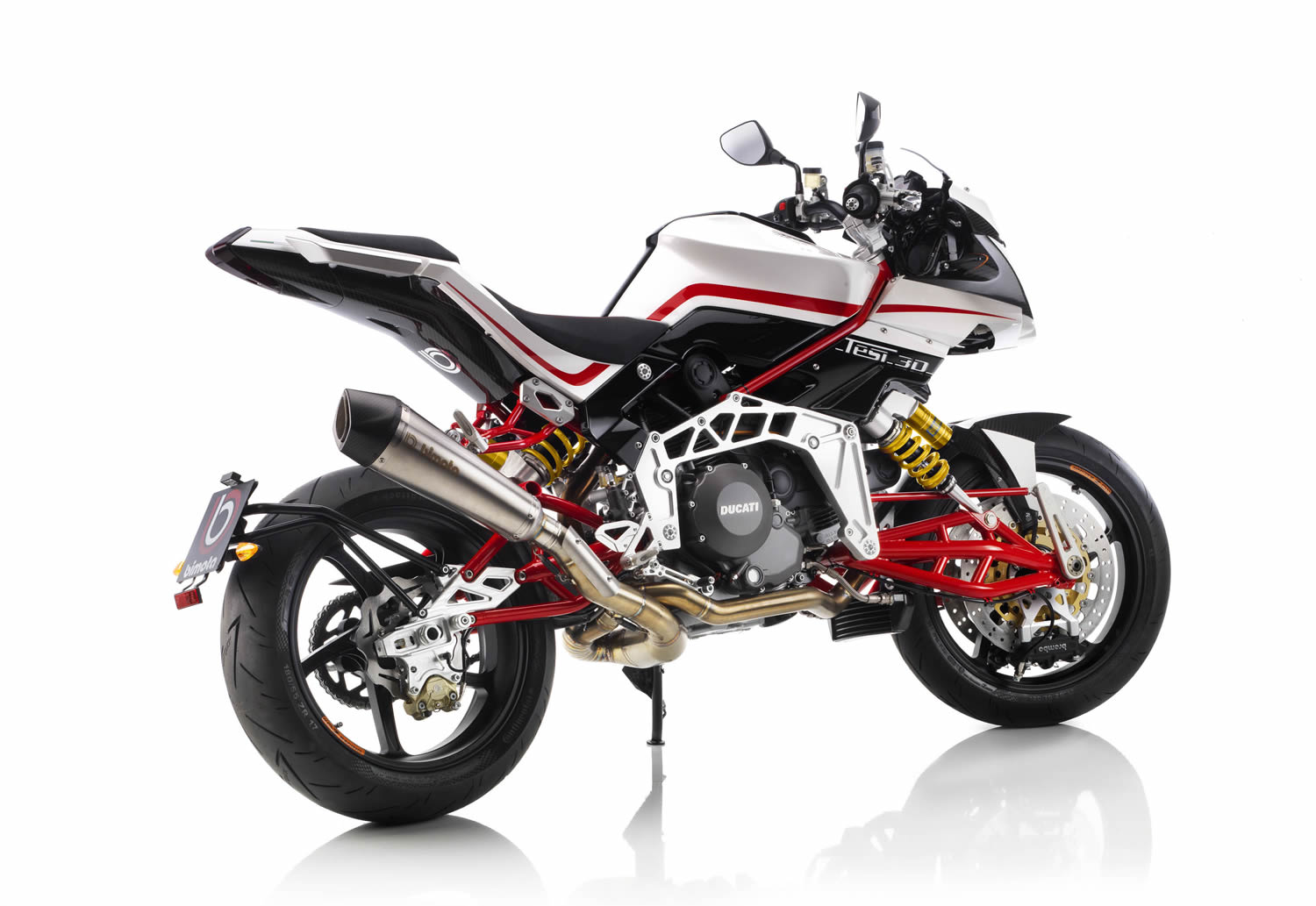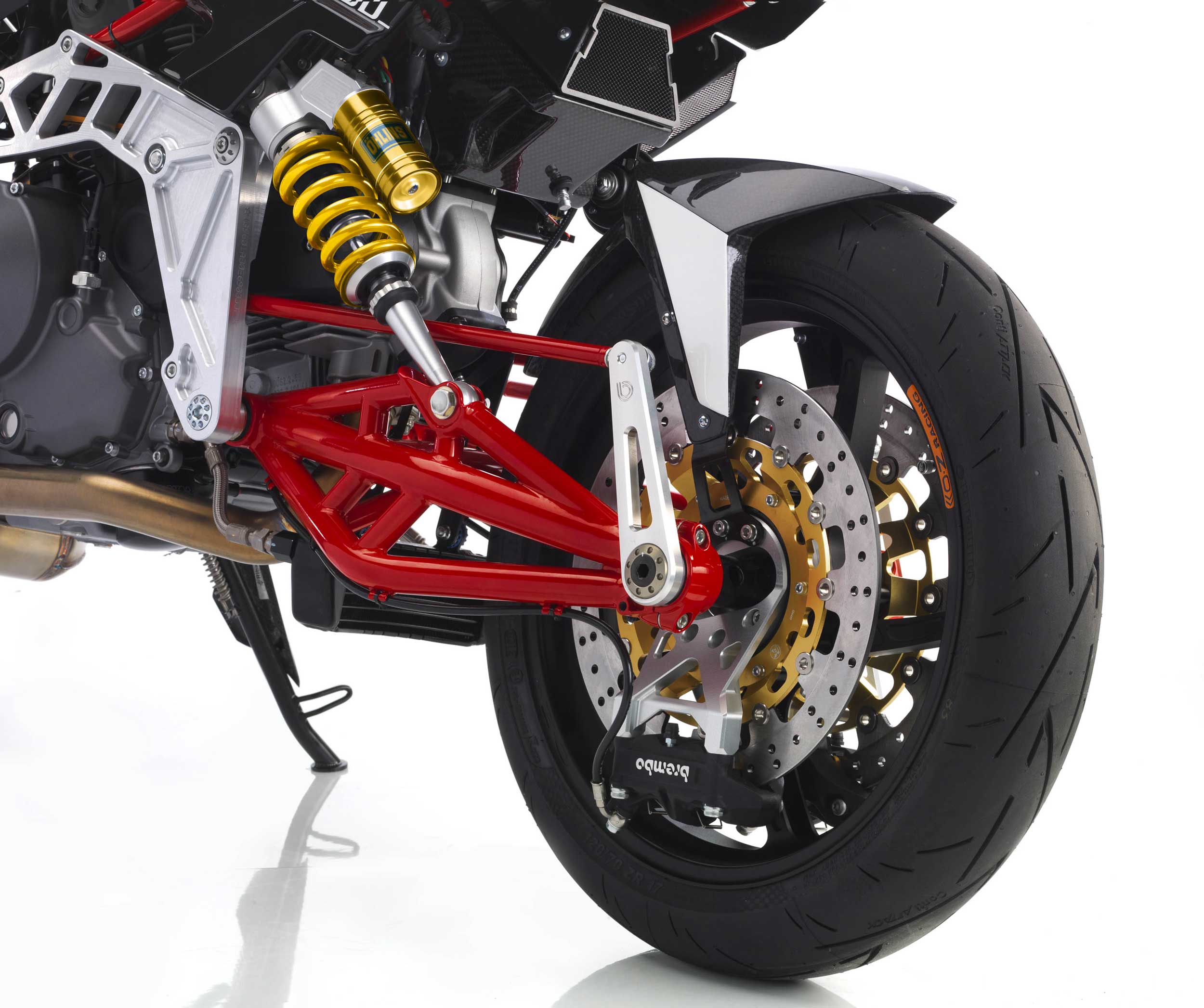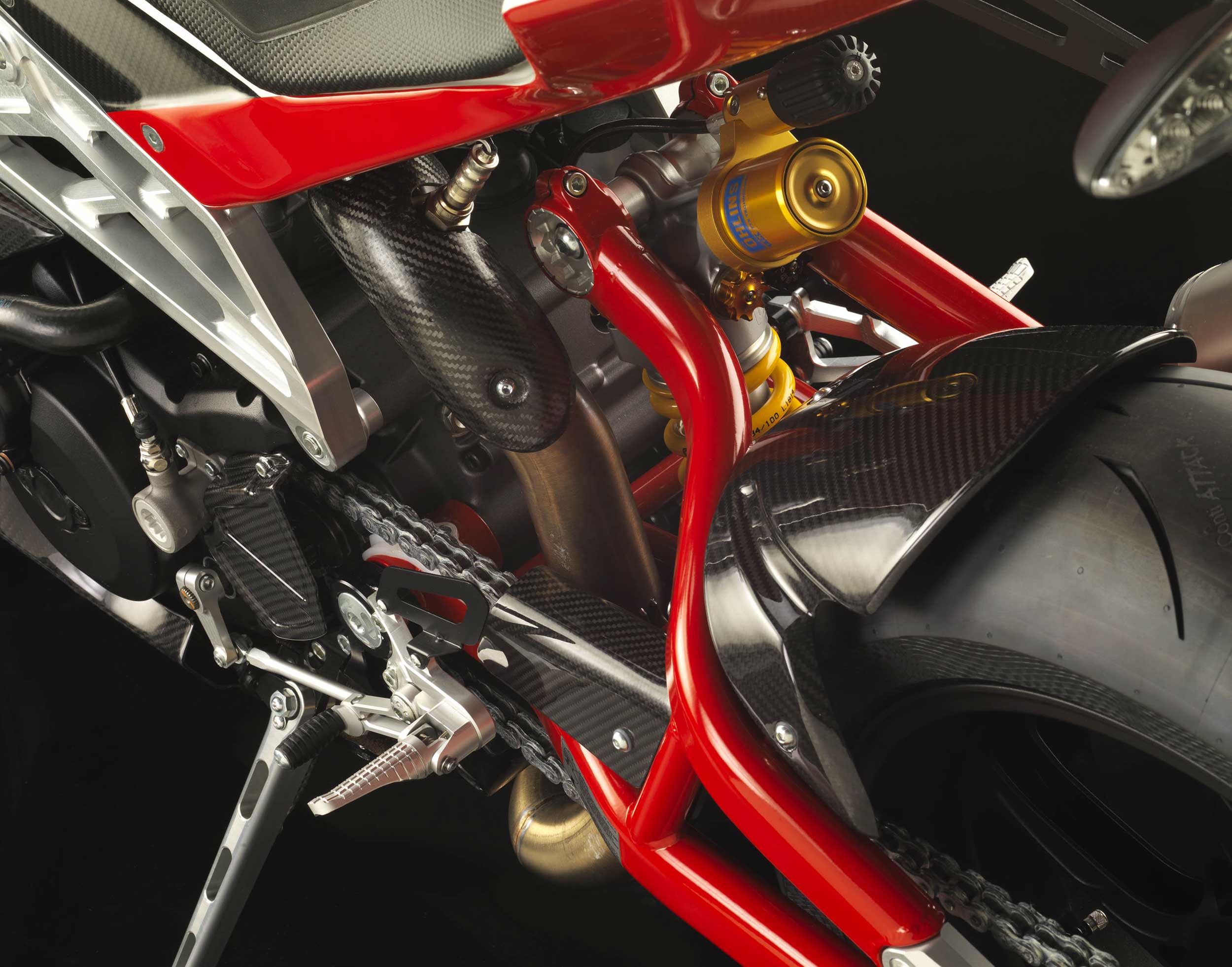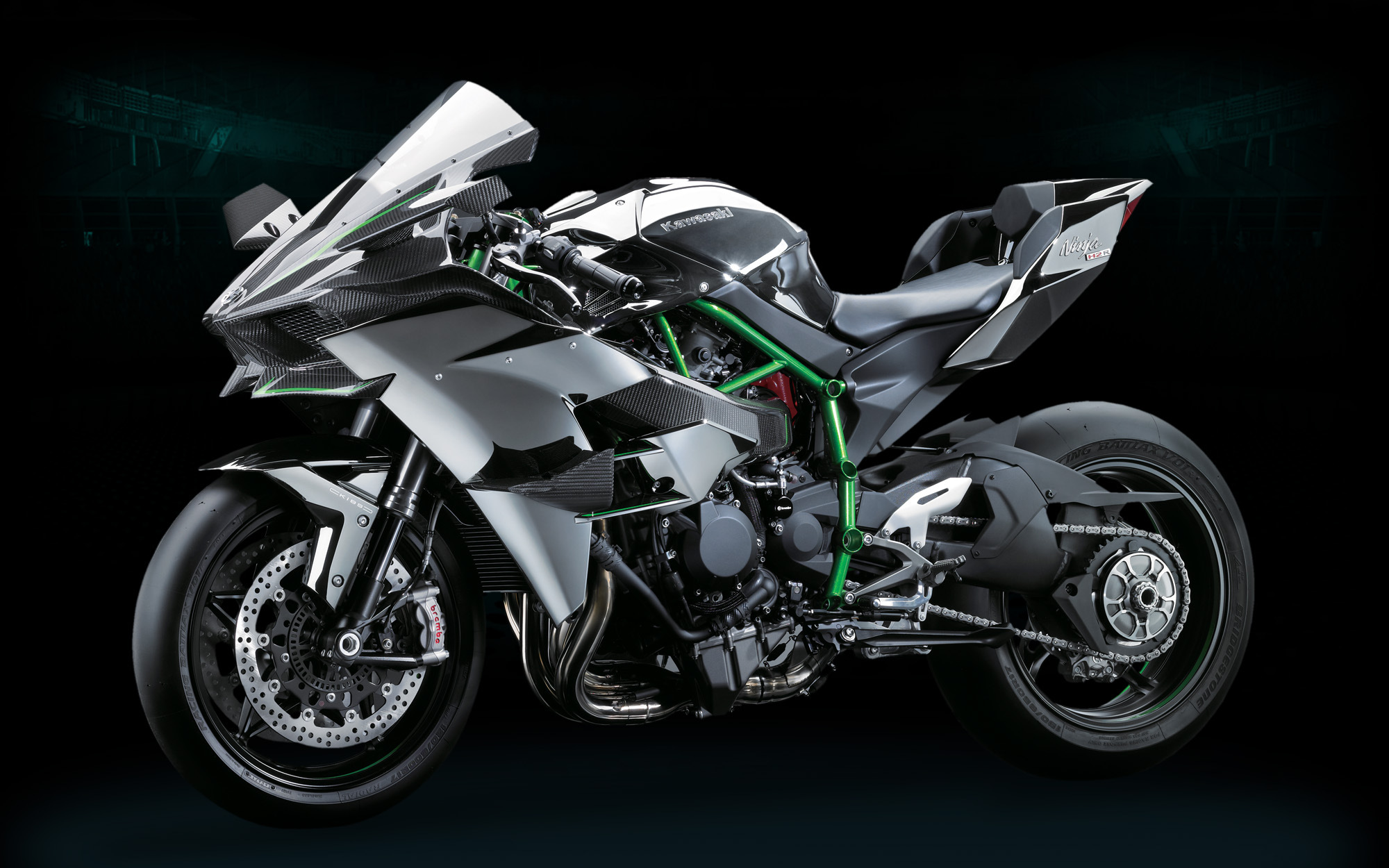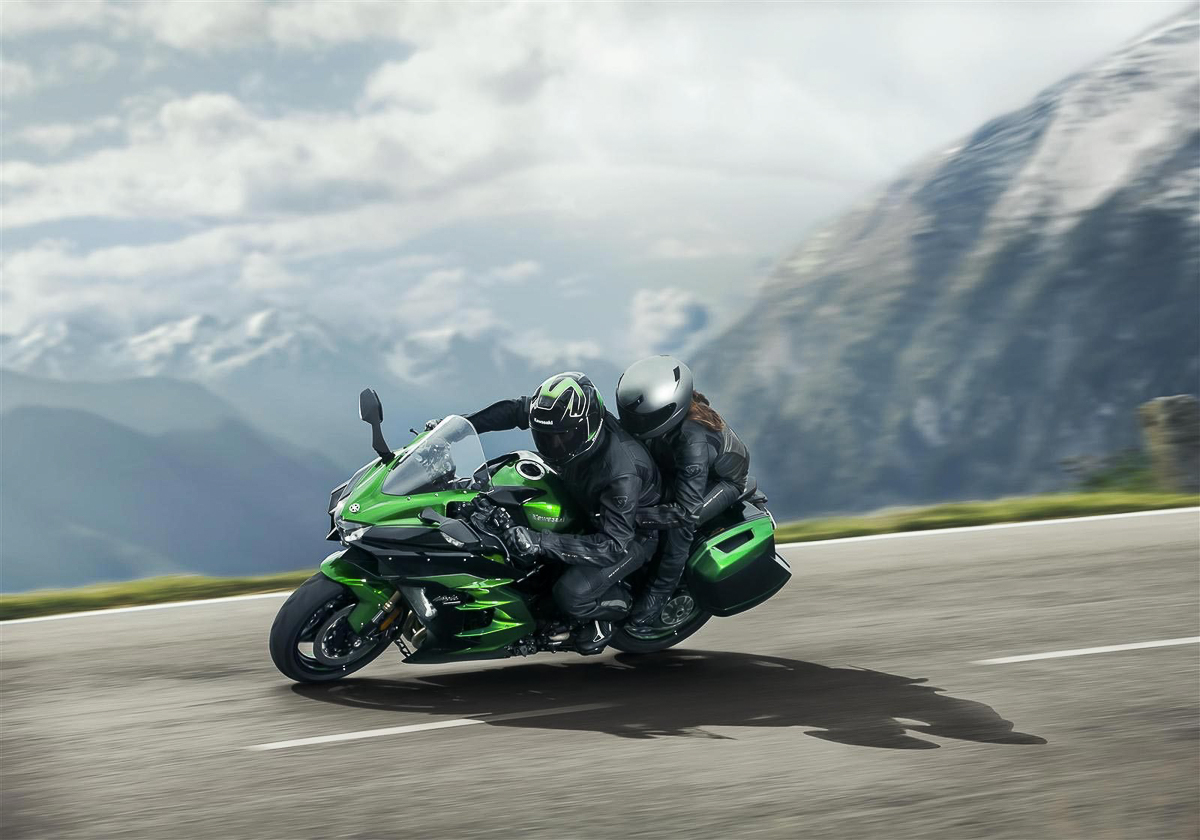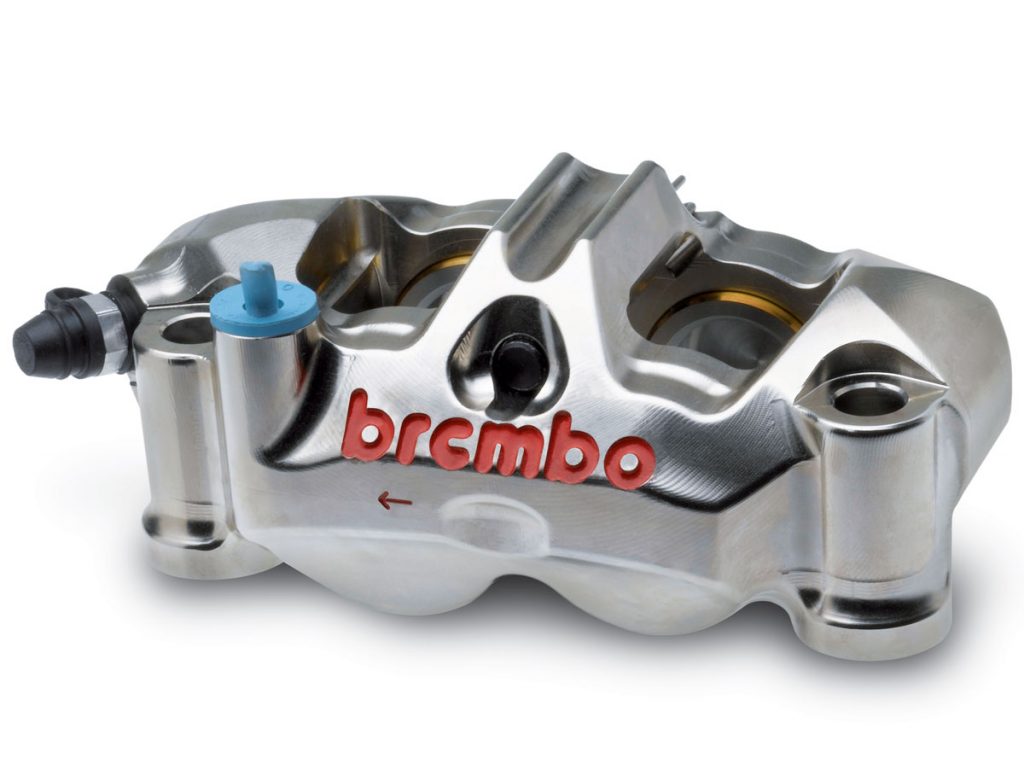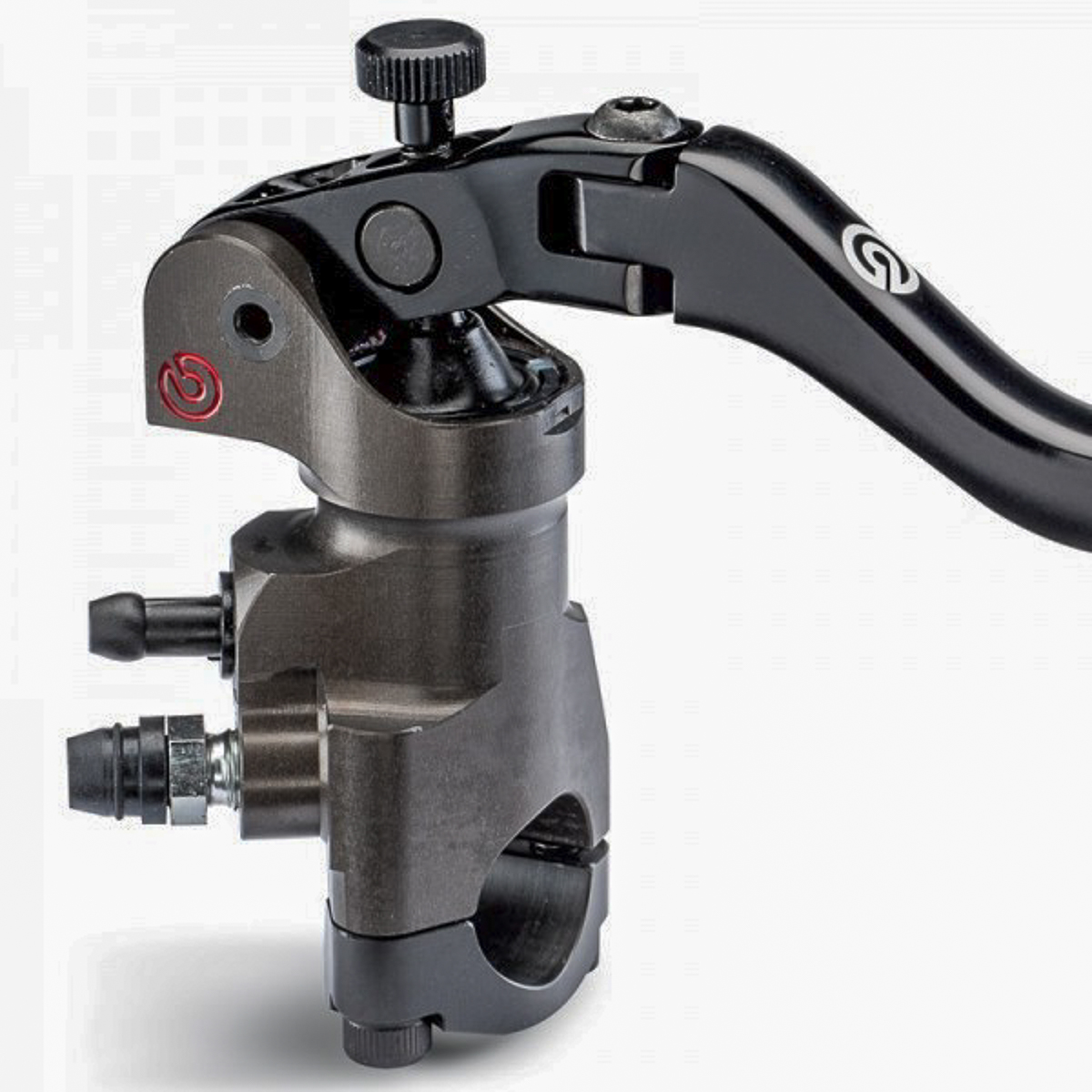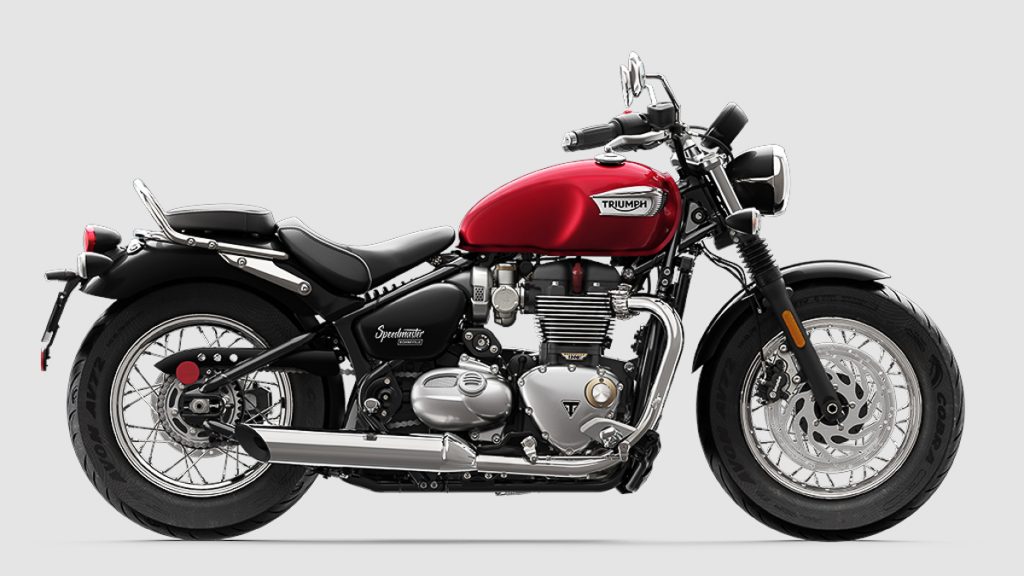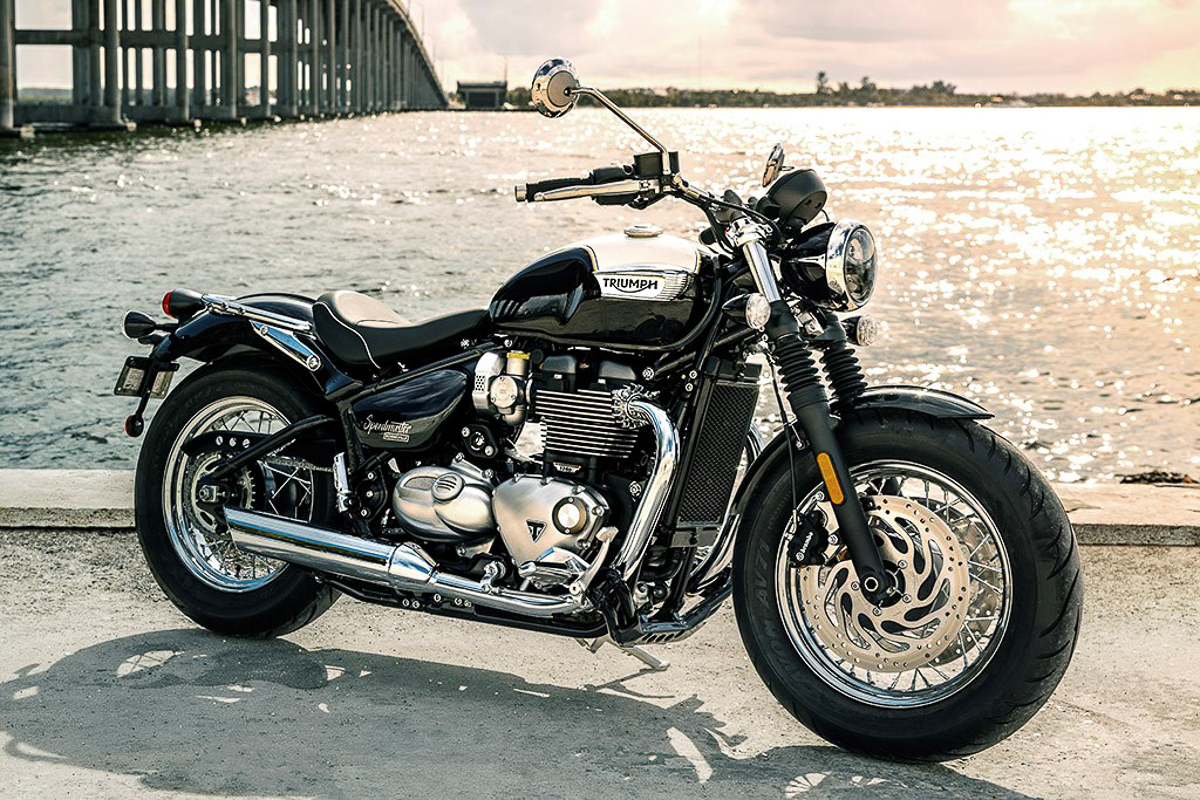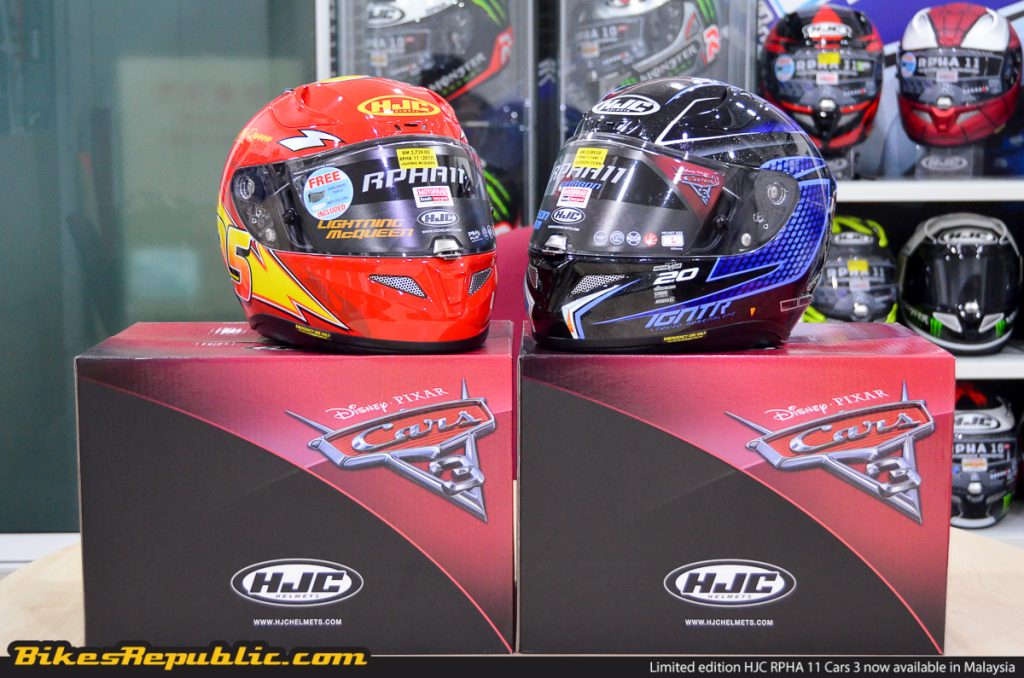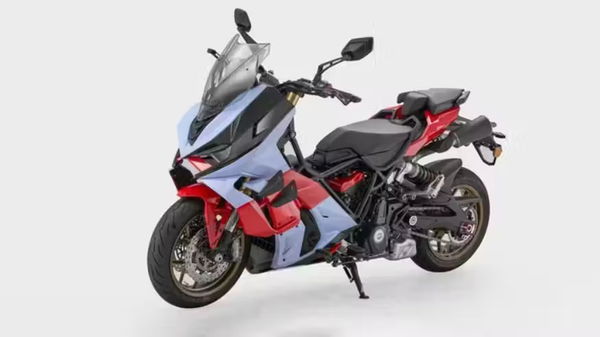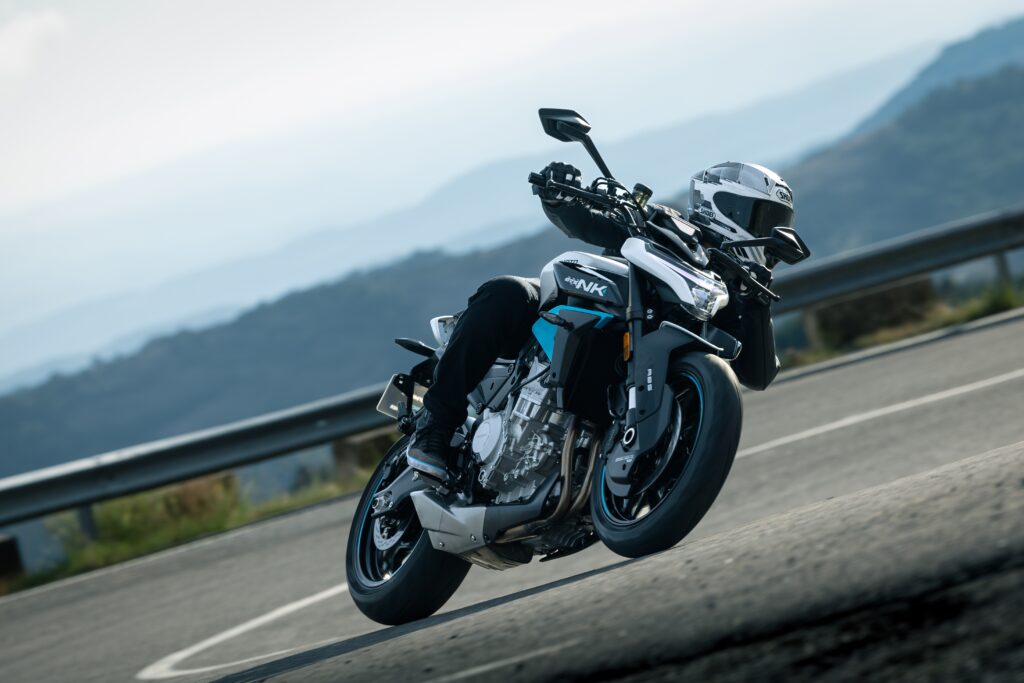-
All riders should learn motocross and dirt riding.
-
Dirt riding trains each rider the very core basics of motorcycle control.
-
We train extensively at Most Fun Gym (MFG), operated by Malaysian motorcycle legend, “Foreman” Oh Kah Beng.
Scenario 1:
20km outside Chiang Mai under the blazing sun, I started to feel groggy. I knew I should’ve avoided the heavy lunch, but how could one possibly resist authentic Thai food in Thailand herself?
Coming to a three-way junction, the bikes ahead turned right. Seeing it as an exciting opportunity to invigorate myself, I took a wider line into the corner without backing off. But as I soon as I flicked the Ducati Monster 821 in, the rear wheel kicked out to left, and sliding like a supermoto!
Chopping the throttle now would be a disaster because the if rear tyre suddenly regained traction, it’d pitch me over the bike in a high side.
Through MX training, I just kept the throttle pinned as I pushed on the ride side of the handlebar while pushing my left leg into the footpeg to lift the bike up slightly off its present lean angle. In a split second the engine power tapered off and both tyres tracked back in line.
Later that night, the Ducati bigwig in charge of the event proclaimed in both happiness and relief, “Best of all, we didn’t have any crash during the trip!”
Scenario 2:
A few months later I was riding in South Africa in the GIVI Wilderness Adventure.
We crossed an offroad section on the third day. A few participants had asked the marshals if the section was going to be tough, but they were confidently assured, “Nah, it’s a hard-packed dirt road so it’s super easy. Just relax and have fun. We’ll clear it in 30 minutes tops.”
Unfortunately, that hard-packed dirt road had become entirely different since the last time they recced it. It was now covered in ankle-deep sand!
I was right behind the Indonesian journalist when he dropped his bike in less than 1 km onto the trail when his front tyre hit a deep sand groove. Reacting immediately to the situation, courtesy of MX training, I stood up on the footpegs, relaxed my arms and just kept giving gas, instead of backing off.
Among the 15 participants, only the four marshals and I didn’t hit the ground on that day. The rest had dropped it at least once; one guy dropped it fifteen times and another suffered a broken ankle.
In the end, it took the convoy three-and-half hours to clear the section.
The above two scenarios were the most memorable so far in my 30-year riding experience, not to mention many more smaller ones on an almost daily basis.
I had met “Foreman” Oh Kah Beng (OKB) during the final round of the Malaysian Supermoto Championship at the end of 2014. During our conversation, he invited me to learn from him at his then fledgling motocross school, Most Fun Gym. Please click on the link below to learn more about “Foreman” Oh.
Since then, I had discovered a change in my riding. I no longer panic or freeze on the bike whenever I saw dirt, water and oil on the road. Apart from that, his offroad training had allowed me to break through my personal riding limit which had plateaued at a very low level. Needless to say, I am more comfortable with riding and enjoy it so much better now, not the least of being able to go a little bit faster than I could in 30 years.
This is not just a case of overpromising. Many have attended his school and came away as better riders. A great example was his nephew, Oh Jin Seng (JS), the son of Sunny Oh.
Although JS had been riding a BMW R 1200 GS for some time, he had not done much offroading. But he registered to participate in the BMW GS Trophy Malaysian Qualifier earlier this year anyway. JS started training with OKB in order to prepare for that prestigious event, and came away scoring the second highest number of points on the first day.
Apart from training, it’s also the place we headed to as soon as we received adventure of dirt bikes to review.
So, is dirt training really that good? Or more accurately, important for every rider? And why is it important?
The answer to the first question is the reason multi-time world champions such as Marc Marquez, Valentino Rossi and almost the entire MotoGP field train in the dirt during their free time.
It’s true that road- or track-based training also teaches the fundamentals, the core basics of riding a motorcycle, but dirt forces the rider to learn in a low-traction environment where the bike slides around all the time.
There are five basic points of total motorcycle control: Throttle control, steering, braking, vision and body control. All these individual skills need to come together as one skill set to allow you to ride better. Let’s analyze how dirt training could benefit those skills.
THROTTLE CONTROL
As we highlighted in an earlier article, throttle control affects the weight distribution, hence the tyres’ traction.
When you accelerate, the rider and motorcycle’s combined mass transfers to the rear wheel. Conversely, when you brake, that mass transfers to the front. Correct throttle control seeks to bring these two extremes to being as equal as possible when you’re leaned over in a corner, providing you optimum traction.
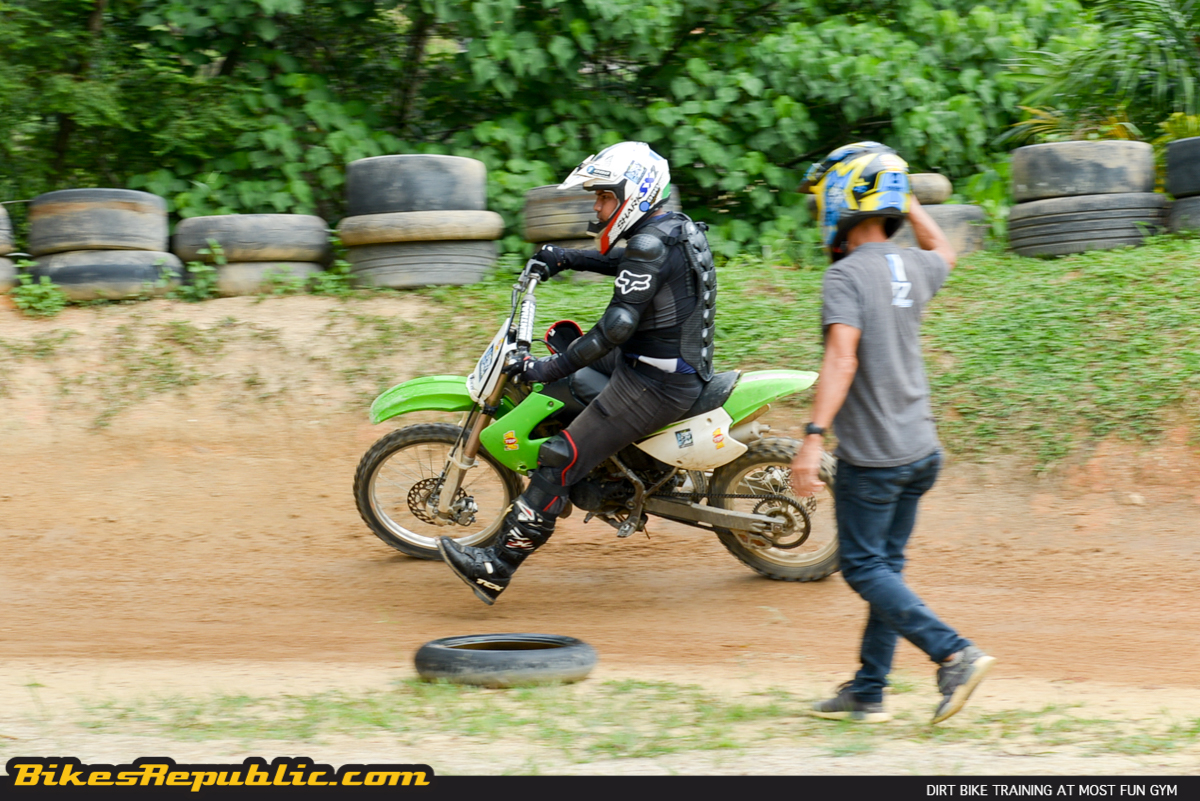
In a low grip environment on the dirt track, that forces you to control the throttle with more finesse instead of treating it as an on/off switch. Steady throttle manipulation is the ultimate goal in this exercise.
It also teaches you another very crucial aspect: What do you do with the throttle when the tyres start to slide?
Our first Survival Instinct (as Keith Code calls it) is to kill the throttle, to just chop it. It may not be something you choose to do, but your built-in instinct may react by thinking you’re going too fast and forces your hand to subconsciously slam shut the throttle or even grabbing the brake.
It’s not that bad if this happens in the dirt as you slide out due to the much lower speed, but on the road or track, it could very well you to overshoot the corner. Why? Because weight is transferred abruptly to the front wheel causing the bike to stand up while being leaned over. When a bike is straight up, the only way forward is straight ahead.
In a worst-case scenario, chopping the throttle when tyres slide (especially the rear) causes the tyre to slide even more, as all the weight has gone to the front. In extreme cases, an abrupt resumption of traction will send you over the high side.
This is one main cause to the spate of big bike crashes: Chopping the gas or over-braking in a corner.
With repeated training, dirt riding will teach your instincts to either roll out of the throttle smoothly or even to actually accelerate when the tyres slide. Doing so means you are in control of the slide, instead of the slide controlling of you.
It looks pretty cool too!
STEERING
Another common cause of crashes on the road is steering, or rather, ineffective steering.
It’s a normal reaction – another Survival Instinct.
You charged into a corner only to find self-doubt whether the bike will continue to steer through the corner. It’s usually caused by being surprised by a suspicious-looking patch on the road. You instinctively tense up and chop the throttle. The bike reacts by standing up and overshoots.
In the dirt, you’d be surprised that a bike could actually continue to steer even when it’s sliding, due to momentum. From this, you tie it in to throttle control.
How does this translate to road riding?
You lean your body into a corner on the streets. Coming up to a slippery patch, all you need to do is to keep your upper body leaned in, while you push on the outside handlebar (remember countersteering?) to reduce the bike’s lean angle. Since your upper bodyweight is displaced off the bike, your bike will still track through on your chosen line despite the reduction in lean angle.
This technique is very noticeable when racers accelerate out of corners.
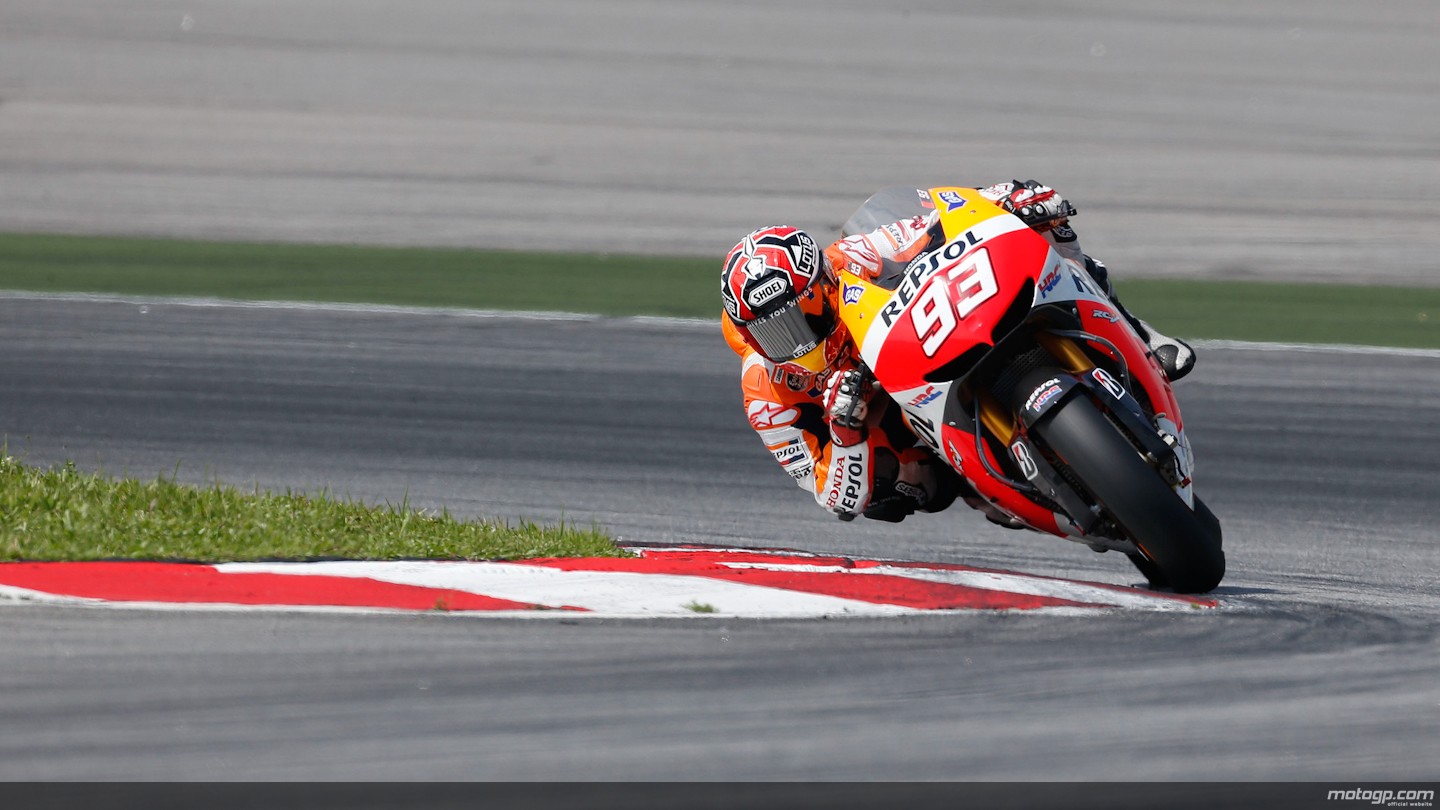
Your Survival Instincts will soon learn to quiet down when this happens, allowing you to get around the corner with confidence and safety.
BRAKING
Brakes are often misused, treated no differently from a light switch i.e. ON/OFF. It should not be so unless you’re coming to a stop.
As we’ve mentioned earlier, applying hard braking in the middle of a corner will force your bike to stand up and head to the outside of the corner.
You need to learn that brakes are used to set your target speed when approaching a corner or rolling up to a traffic jam. But most of all, how do you react with the brakes when your bike slides around.
Again, without proper conditioning, our Survival Instincts will subconsciously cause your hand to chop the throttle and grab the brakes.
Dirt training teaches you to apply the brakes progressively (braking from soft to hard), and more importantly, to stay off the brakes when sliding. What if the bike is heading up the berm of going wide? Learn to apply the rear brake to tighten your line.
Apart from that, you’d learn on how to “feel the tyres” when you brake in low traction conditions. This means you’d discover how the tyres feel like depending on how much you brake in different conditions. This is most useful on the streets especially when it rains or if you encounter sand or oil in a corner.
OKB said it best, “Your senses will become finely tuned and you will know what’s the true limit. Not knowing your limits will either cause you to lose confidence and ride with fear, or riding too fast when it’s not safe to do so.”
VISION
As we mentioned before, you go where you look. Yes, we know that many of us know this very important law but what about when the tyres suddenly break traction?
Again, the untrained Survival Instinct will cause you to 1) Tense up with panic; 2) Chop the gas; 3) Jab the brakes; 4) Bike stands up and you don’t know how to steer; 5) Your vision tunnels down and is locked on where the bike is headed, instead of where it should be heading; and 6) Kablooie! (Crash.)
Dirt riding trains you to focus your vision on where you want to go regardless of what the tyres are doing. Your bike may be sliding and buckling around like a wild horse but your throttle control, steering, and braking actions WILL submit themselves to where you look.
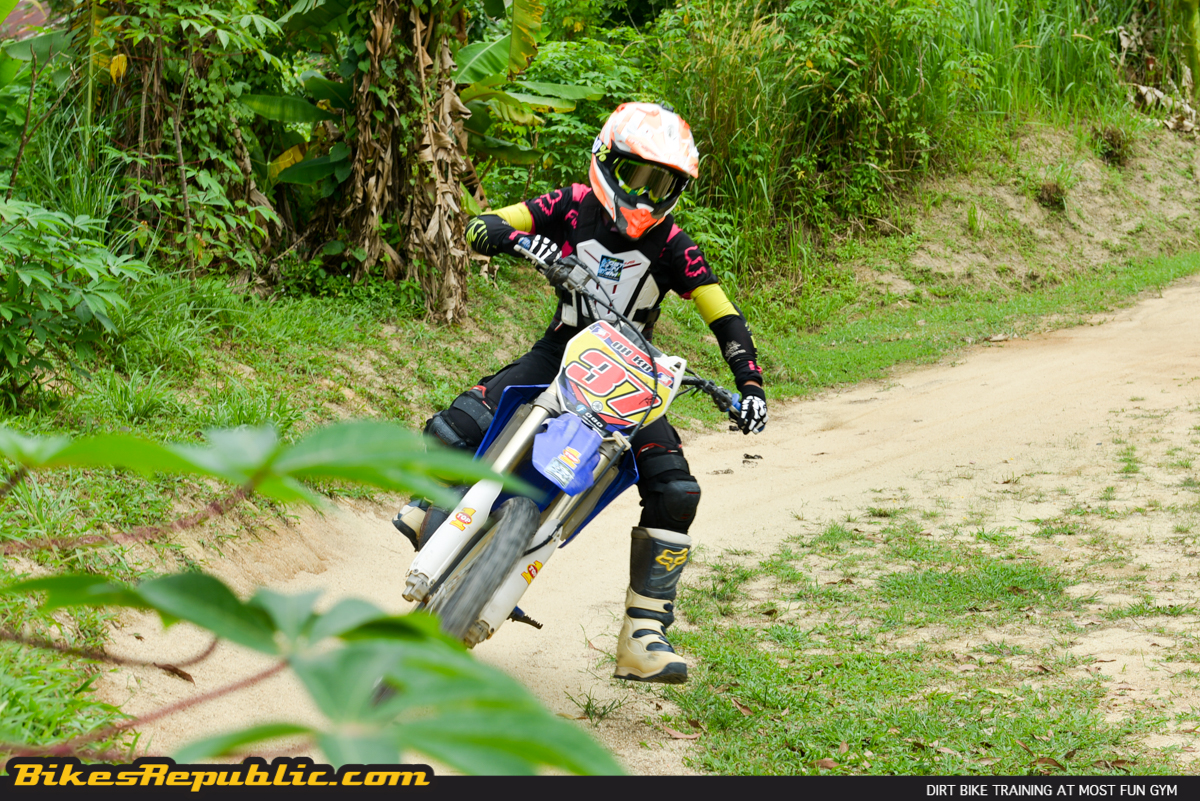
Keith Code said in his video, “Whatever great skills you have is only as good as your visual skills.”
BODY CONTROL
You’ve may have noticed above that we kept mentioning about what bad will come by if the body tenses up when the tyres lose traction.
You must always remember to allow your bike to carry out its duties, including when it slides. A sliding or skidding tyre doesn’t mean that your next of kin can claim your insurance thereafter. No, what it means is that the tyres and bike are “hunting” for a stable position. Your job as the rider is to allow that to happen by not being tense.
Tied in with throttle control, steering, and vision it means that you are using those control inputs to assist the bike instead of wrestling with it.
Braking with a tense body is also unproductive as your senses will be fooled into thinking you’ve reached yours or the bike’s limits, when there’s actually much more to go. Tensing up will likewise undermine your ability to steer while braking. This is another common cause of motorcycle crashes.
Besides that, being tense will result in the bike transferring all the loads and bumps from the road to you. It will tire you out quickly.
Watch the motocross and supercross riders on TV and see just how relaxed their bodies are despite being trashed around like rodeo riders, and that’s exactly what dirt riding trains you to do.
OTHER BENEFITS
You will become a better skilled rider not only in terms of speed, but more importantly, how you take charge when critical situations arise. As a direct consequence of this, you are more confident and confidence breeds enjoyment. You will also see your riding breaking through to a new, higher level.
Another great aspect of dirt riding means you are truly exercising the majority of your muscles while doing what you love best: Riding. That’s why OKB’s school is called Most Fun Gym. Ask how much weight OKB’s apprentice, Ryan, lost by training in MX.
One last note. Learning motocross doesn’t mean you have to ride like a motocross pro. At MFG, you can learn at your own pace and you don’t have to jump if you don’t want to. You don’t have to ride fast to learn either. You’re there to learn how to ride a motorcycle that’s “not gripping” so that you may ride will full confidence on the road or track.
As for me, I’m truly thankful for OKB’s persistence in training me. It’s saved my skin and limbs many times over.
Please click on the link below for more details of Most Fun Gym (MFG).

